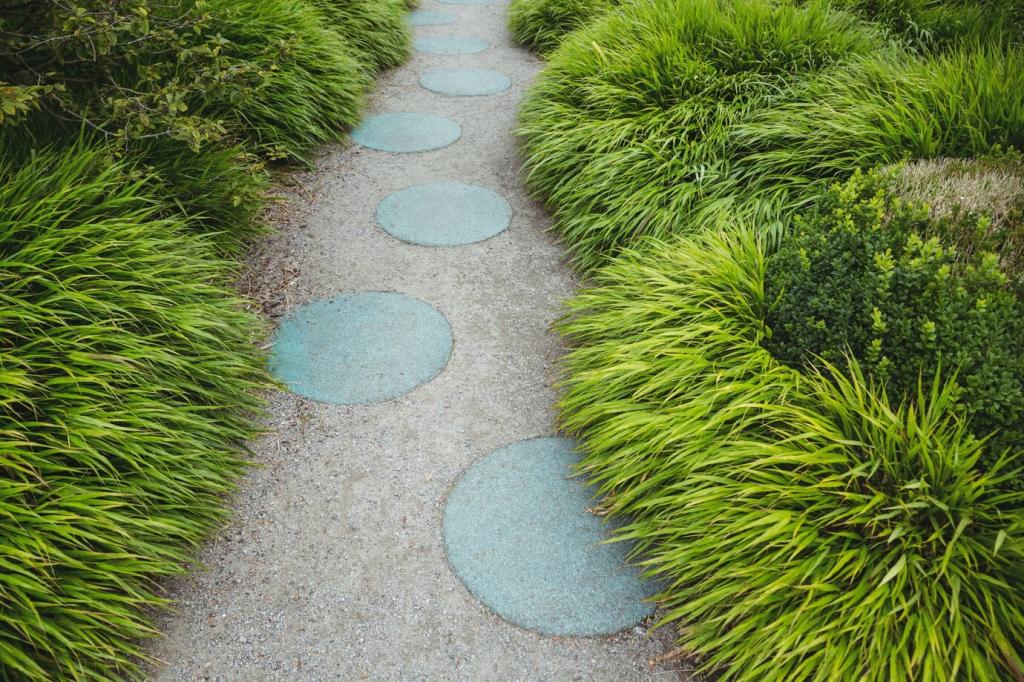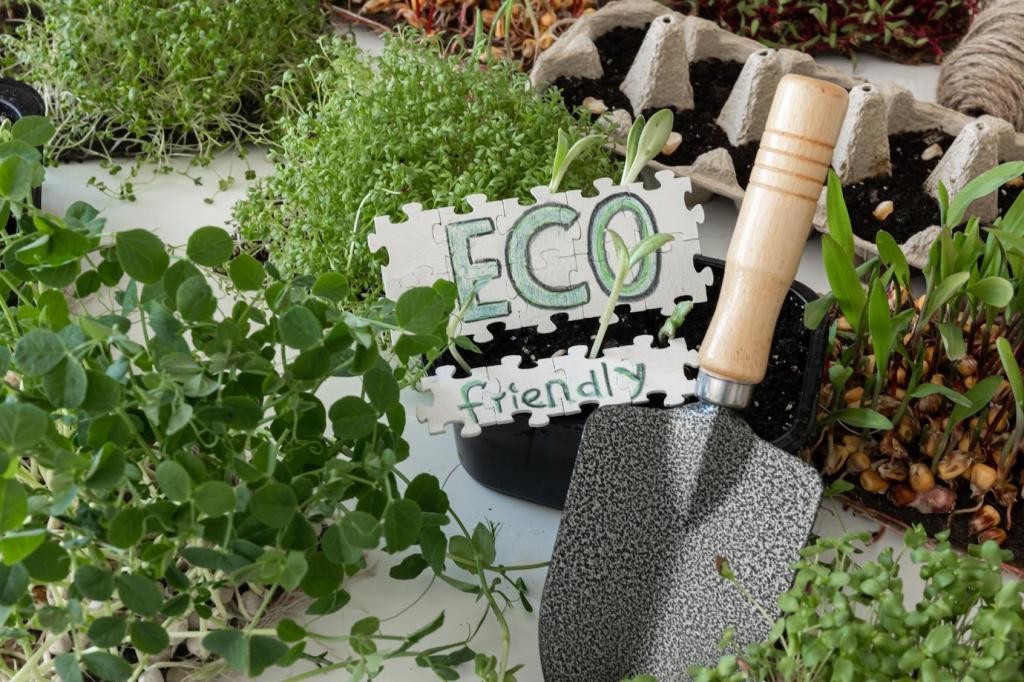Why Rain Gardens Matter for Sustainable Living
Picture a driveway that used to collect ankle-deep puddles. After installing a modest rain garden, the puddles vanished, replaced by coneflowers and buzzing bees. A neighbor paused one morning, snapped a photo, and said, “It smells like rain even when it’s dry.” Those moments nurture sustainable habits.
Why Rain Gardens Matter for Sustainable Living
Rain gardens help reduce runoff, trap sediment, and support healthier streams by filtering pollutants as water infiltrates. Over time, you’ll notice fewer soggy spots, happier plants, and more butterflies. Track rainfall and garden performance, then post your observations to inspire others and build community momentum.





